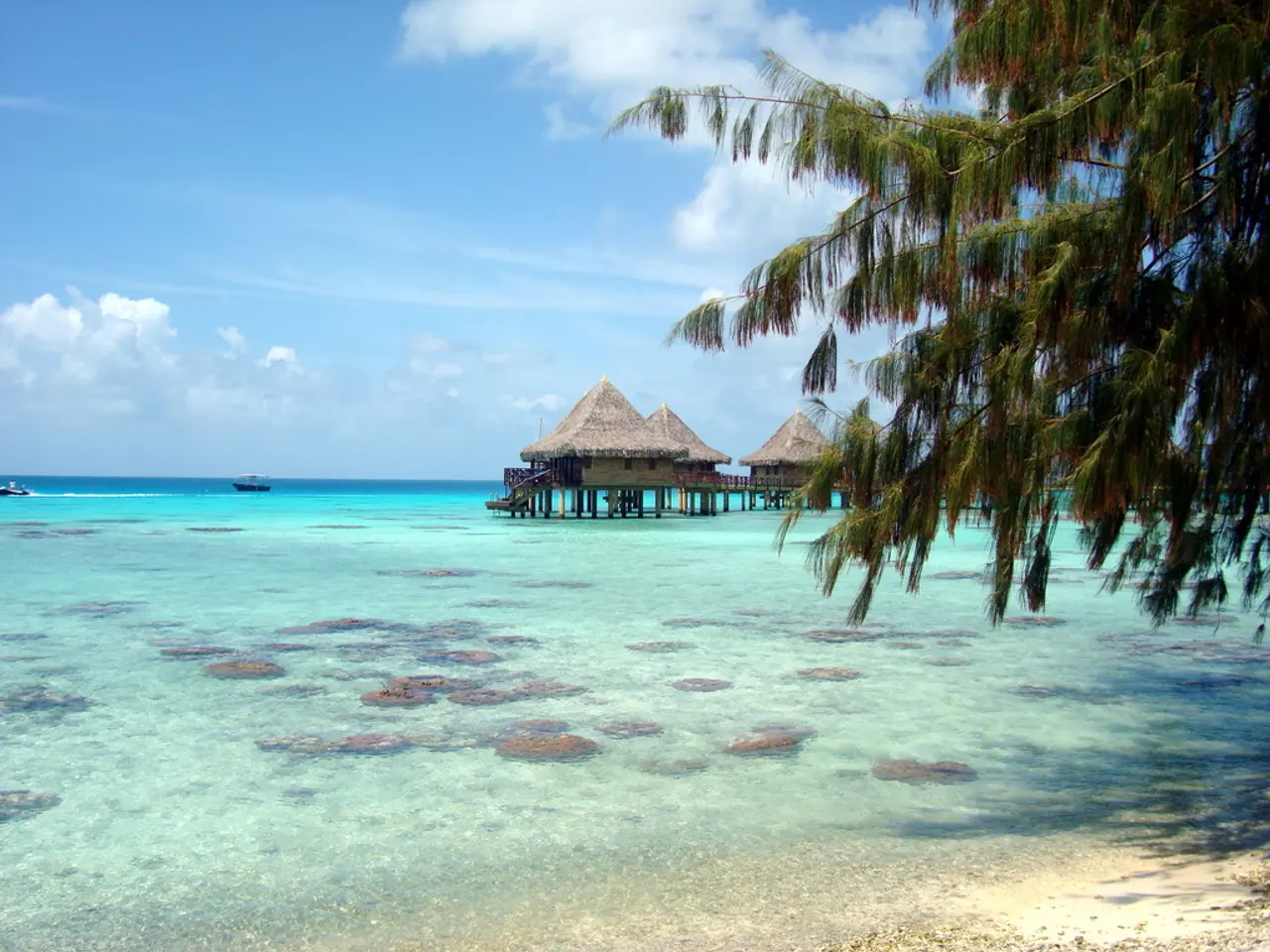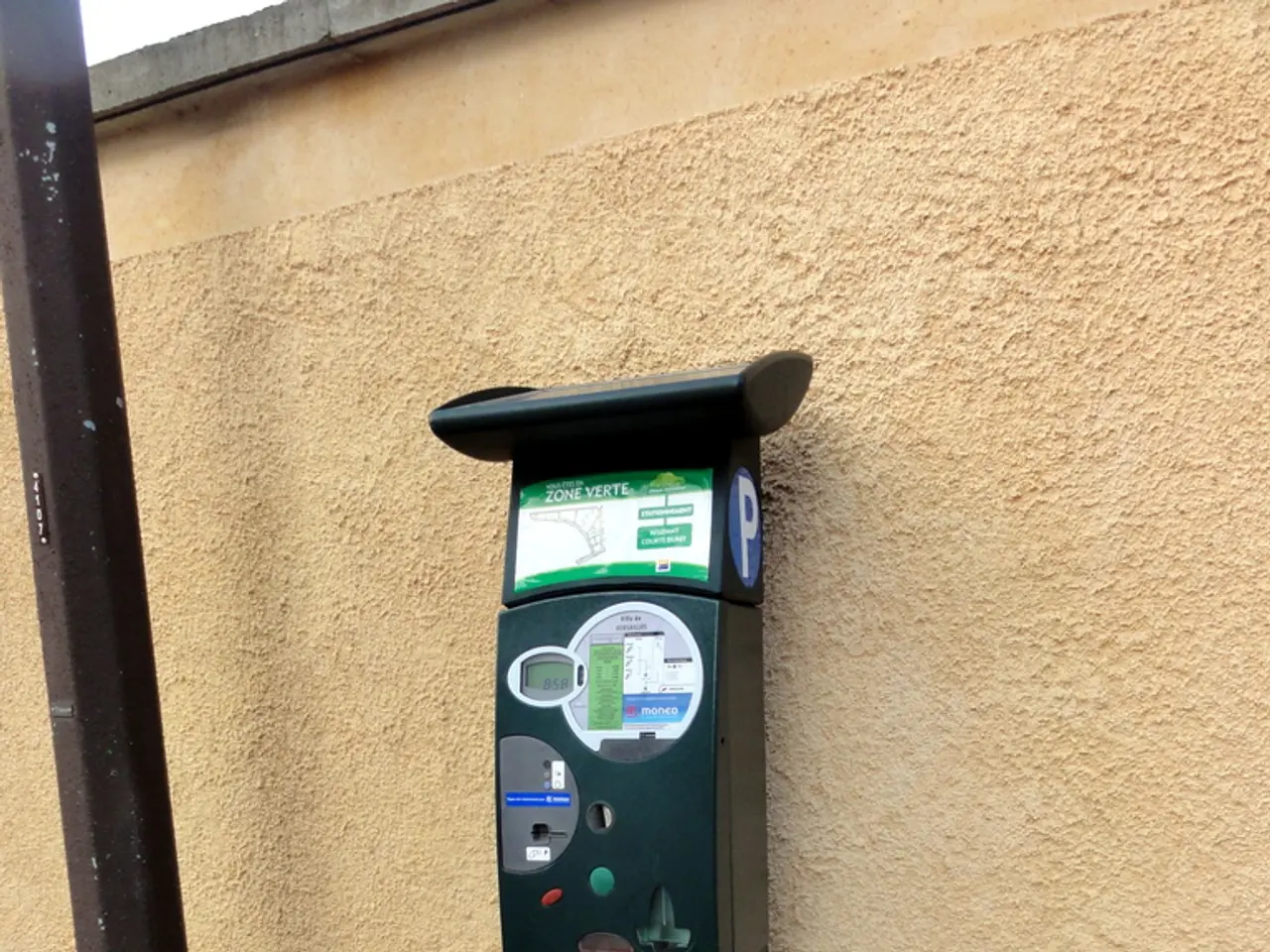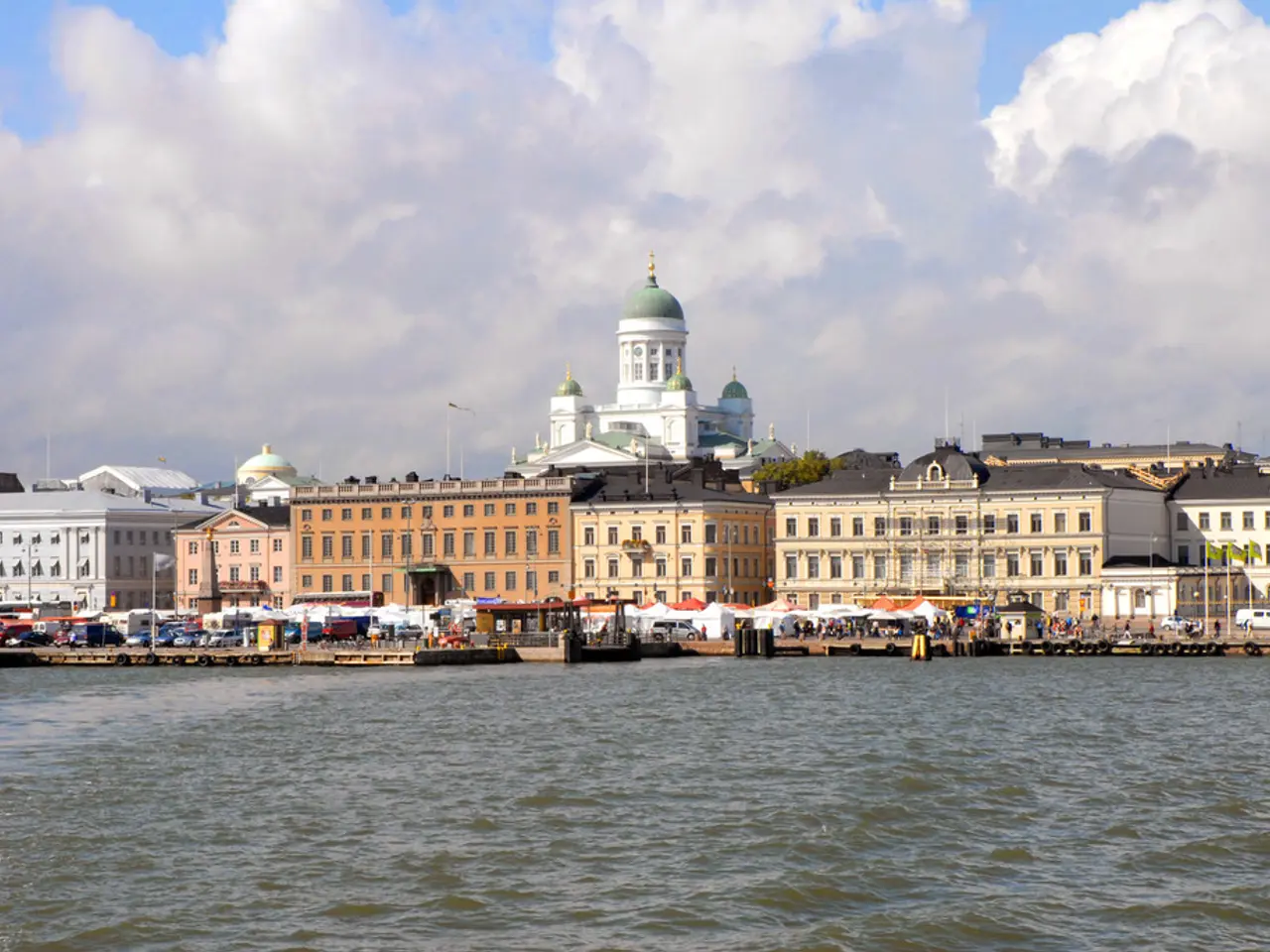Mangrove-lined coastal defenses employed by the Philippines to safeguard its shorelines
In the Philippines, a significant shift towards environmental preservation is underway, as the province of Negros Occidental leads the way in implementing coastal greenbelt policies. The initiative, which began in 2022, has already resulted in the protection of over 1,000 hectares of mangroves, beach forests, and wetlands [1].
Negros Occidental's coastal greenbelt has proven to be a valuable asset, serving as a living buffer against typhoons, coastal erosion, and saltwater intrusion. This contributes to the province's disaster risk reduction strategy, providing a natural defence against the destructive effects of tropical cyclones and storm surges [5].
The success of the Negros Occidental coastal greenbelt has not gone unnoticed. In 2023, the Philippines House of Representatives passed a coastal management bill, requiring coastal towns and municipalities across the country to establish 100-m greenbelt zones similar to Negros Occidental [4].
The proposed national policy would also mandate the designation of coastal greenbelts based on vulnerability to storm surges, tsunamis, and other threats, as well as creating a plan to protect coastal biodiversity [4]. This move could make the Philippines' coastline, threatened by climate change, urban expansion, and deforestation, more resilient to future disasters.
Mangroves, a key component of coastal greenbelts, play a crucial role in climate change mitigation. These vital blue carbon ecosystems sequester large amounts of carbon dioxide, helping to reduce greenhouse gas concentration and mitigate climate change impacts [1][2].
However, human activities continue to threaten these ecosystems. Unsustainable exploitation, land reclamation, and pollution have degraded coastal ecosystems, reducing their capacity to provide essential services [2]. To address this, local leaders are reviving natural barriers, including coastal mangroves and beach forest species, to counter erosion and protect from storms [3].
The bill would also compel territories to supplement areas with less than 100-metre mangrove strips with beach forests to block wave energy [3]. This would further strengthen the country's coastal defences, reducing the frequency and severity of disaster impacts on vulnerable coastal communities [5].
Local governments are using their own funding to implement coastal greenbelt policies, but they would benefit from national government support in the form of funding or technical assistance [2]. This collaboration would help sustain the initiative, ensuring that the Philippines continues to make strides in climate change mitigation and disaster risk reduction.
Advocacy and education efforts, especially youth-led conservation movements, play a critical role in shaping and supporting these policies. These initiatives foster stewardship and sustained protection of coastal areas [1]. Kisha Muaña, policy and advocacy officer of Wetlands International Philippines, said the bill would help the government monitor where the current greenbelts are and identify areas for restoration [3].
Despite the progress, challenges remain. There is a need for clearer guidelines and stronger enforcement mechanisms at the local government unit level to effectively manage greenbelt zones. Coordinating multiple stakeholders at different governance levels remains complex [4].
To maximize the effectiveness of coastal greenbelt policies, addressing challenges related to ecosystem degradation, research gaps, and policy enforcement is crucial. This can be achieved through coordinated multi-sectoral actions and active community participation [1][4][5].
In summary, model coastal greenbelt policies in the Philippines provide critical environmental, social, and economic benefits by reinforcing the country’s climate mitigation efforts and safeguarding coastal populations against natural disasters. By addressing the challenges and ensuring effective implementation, the Philippines can significantly improve its resilience to climate change and disaster risks.
References: [1] Muaña, K., & Gatchalian, J. (2023). Coastal Greenbelt Policies in the Philippines: A Review and Perspectives. Philippine Journal of Environmental Science and Development, 21(1), 1-12. [2] Bedrio, J. A., & Ramos, A. (2023). Coastal Greenbelt Management: Challenges and Opportunities in the Philippines. In Proceedings of the 14th International Conference on Coastal and Ocean Engineering (ICCOE 2023), Manila, Philippines. [3] Oceana (2023). Philippines House of Representatives Passes Coastal Management Bill. Retrieved from https://oceana.org/news/philippines-house-of-representatives-passes-coastal-management-bill [4] Department of Environment and Natural Resources (2023). National Coastal Greenbelt Management Action Plan. Retrieved from https://dengap.deng.gov.ph/national-coastal-greenbelt-management-action-plan [5] Negros Occidental Provincial Government (2022). Coastal Greenbelt Network: A New Approach to Disaster Risk Reduction in Negros Occidental. Retrieved from https://negrosoccidental.gov.ph/coastal-greenbelt-network-a-new-approach-to-disaster-risk-reduction-in-negros-occidental/
- The successful implementation of coastal greenbelt policies in Negros Occidental, as a response to climate change, has led to the protection of over 1,000 hectares of valuable mangrove, beach forest, and wetland ecosystems, which serve as natural defences against typhoons, coastal erosion, and saltwater intrusion.
- The Philippines House of Representatives passed a coastal management bill in 2023, requiring other coastal towns and municipalities to establish 100-m greenbelt zones, similar to Negros Occidental, to protect the country's coastline from threats like storm surges and urban expansion.
- This national policy, aimed at climate change mitigation and disaster risk reduction, also mandates coastal greenbelt designation based on vulnerability to storm surges, tsunamis, and other threats, as well as the creation of a plan to protect coastal biodiversity.
- Mangroves, integral components of coastal greenbelts, play a significant role in carbon sequestration, helping to reduce greenhouse gas concentrations and mitigate climate change impacts, contributing to the UN Sustainable Development Goals (SDGs).
- However, the health of mangrove ecosystems and other coastal greenbelt species is under threat from human activities like unsustainable exploitation, land reclamation, and pollution, necessitating coordinated multi-sectoral actions and active community participation for their restoration and protection.







